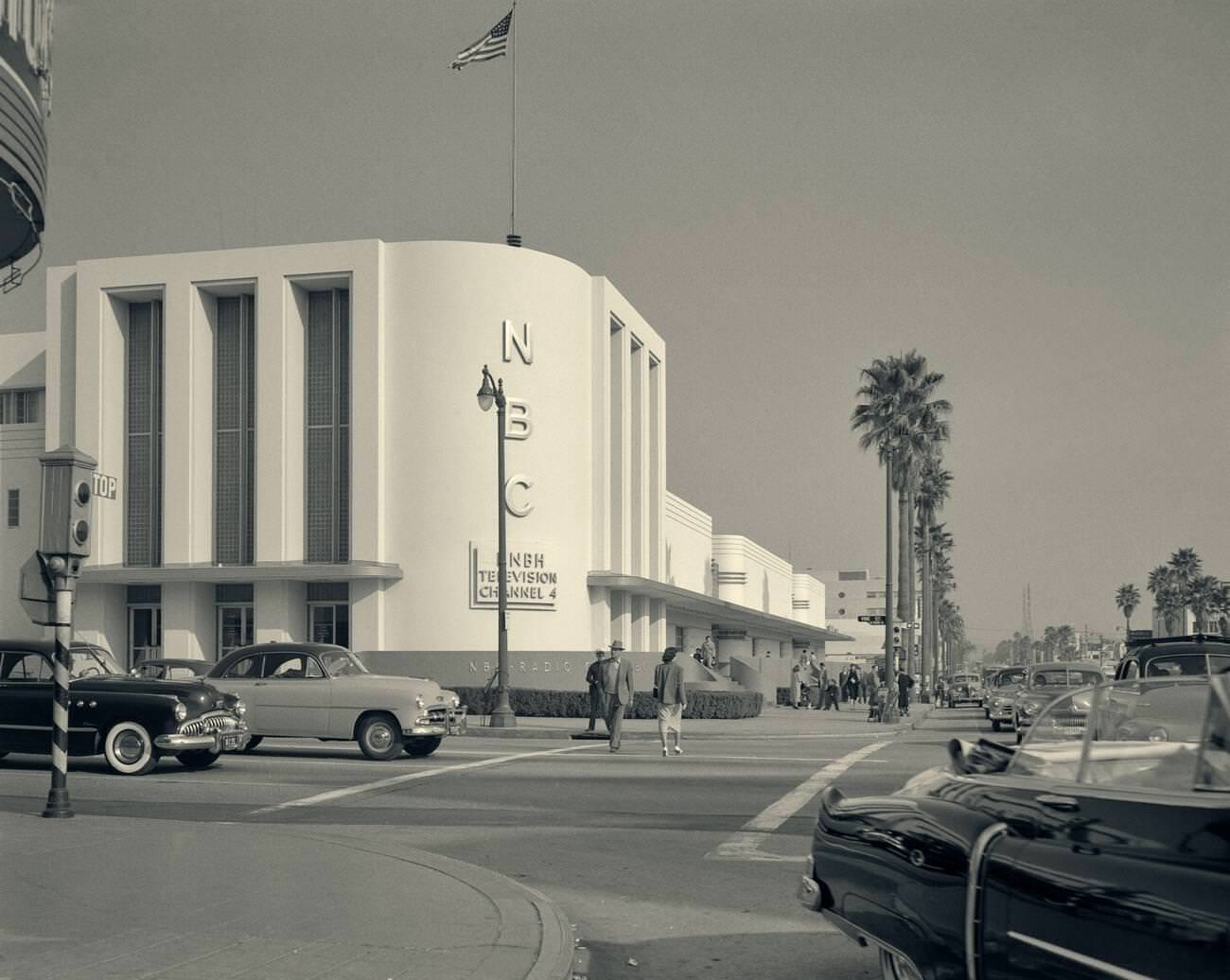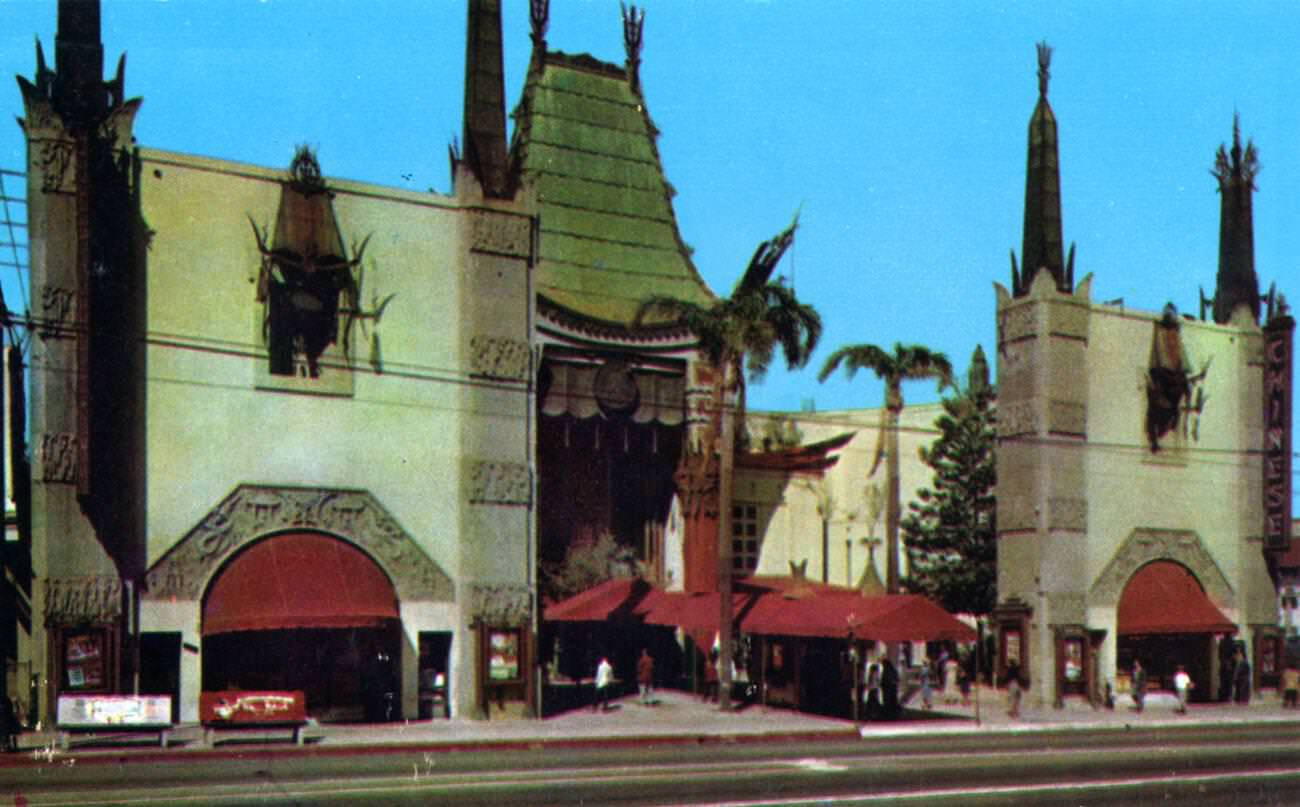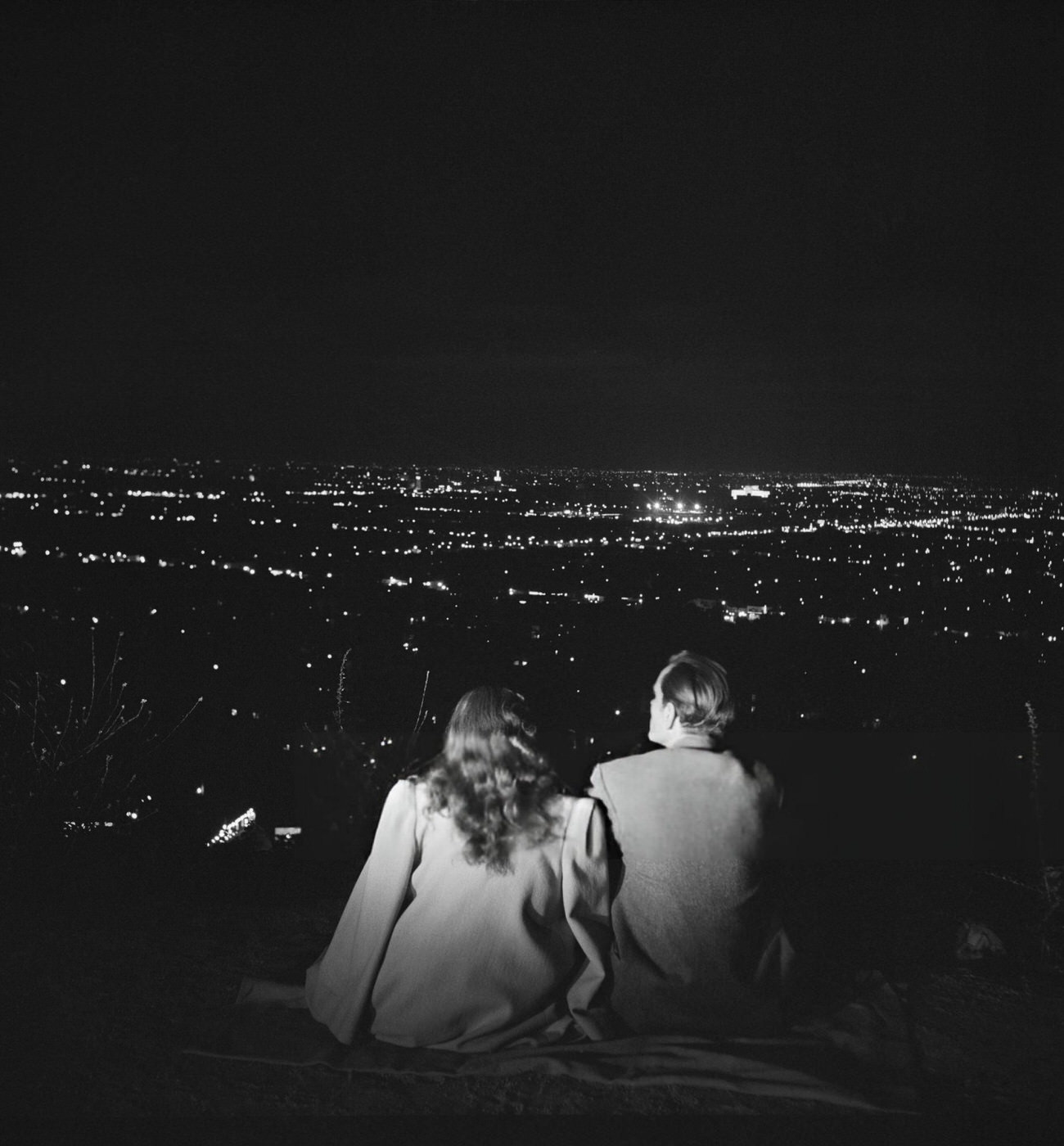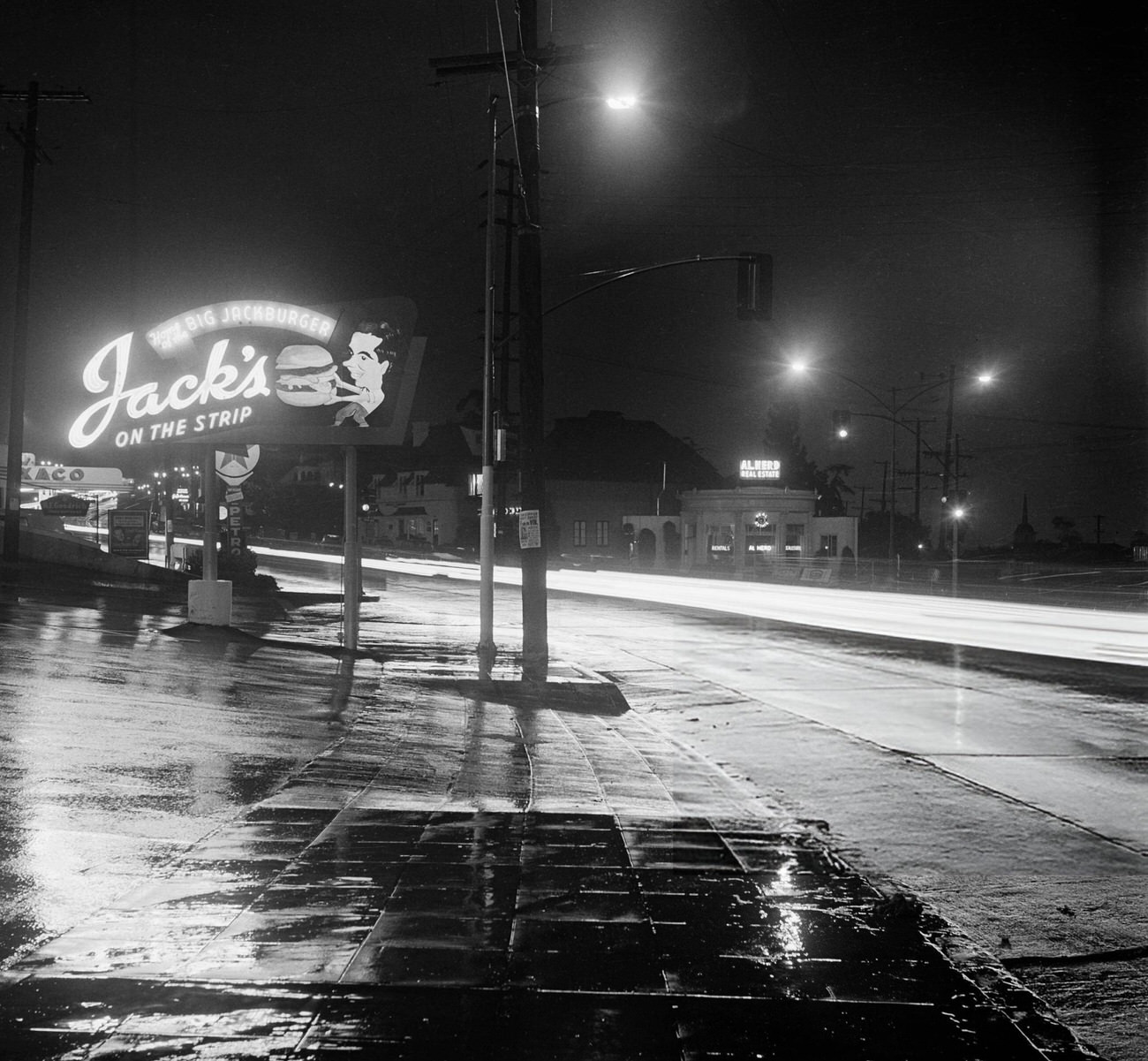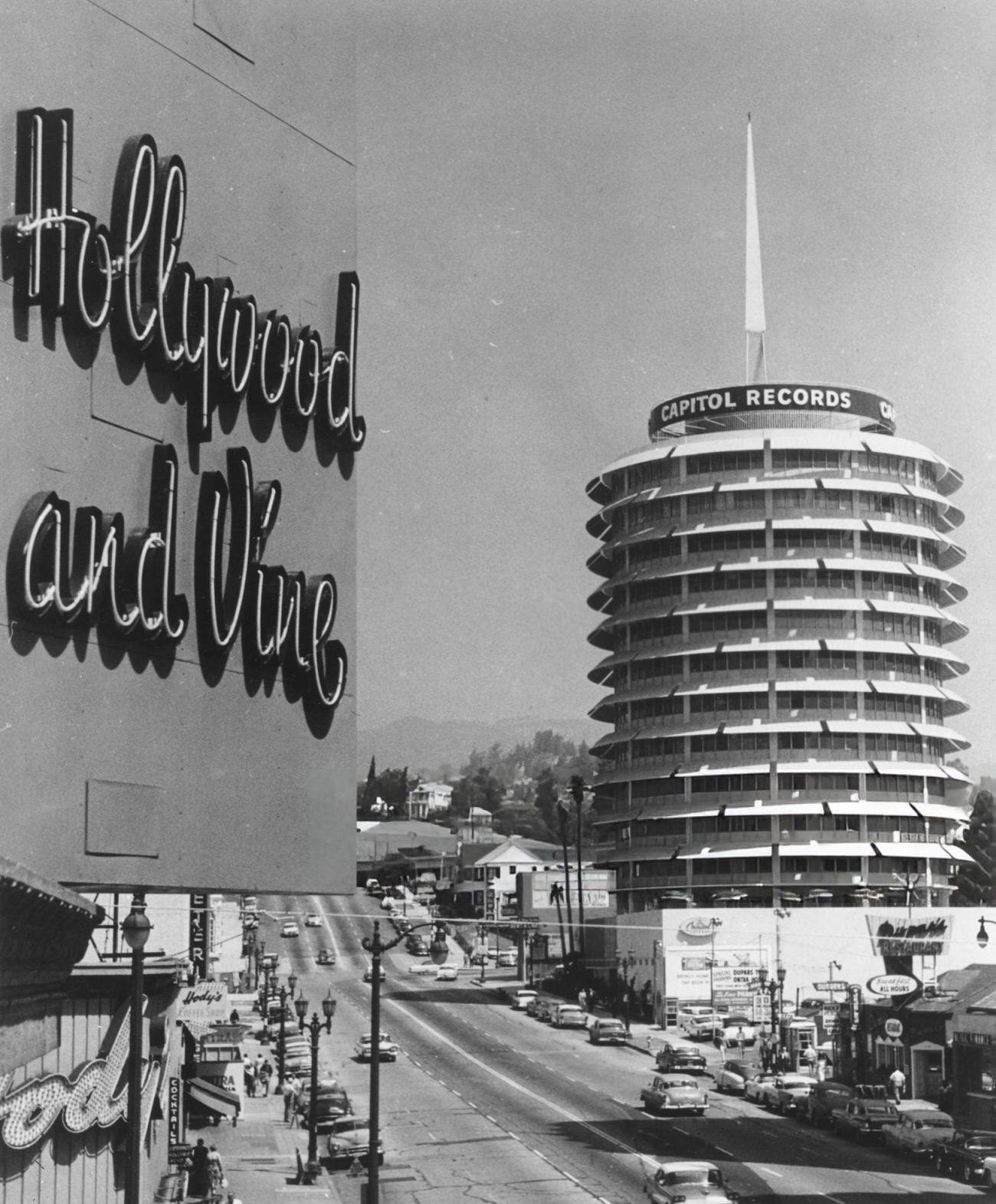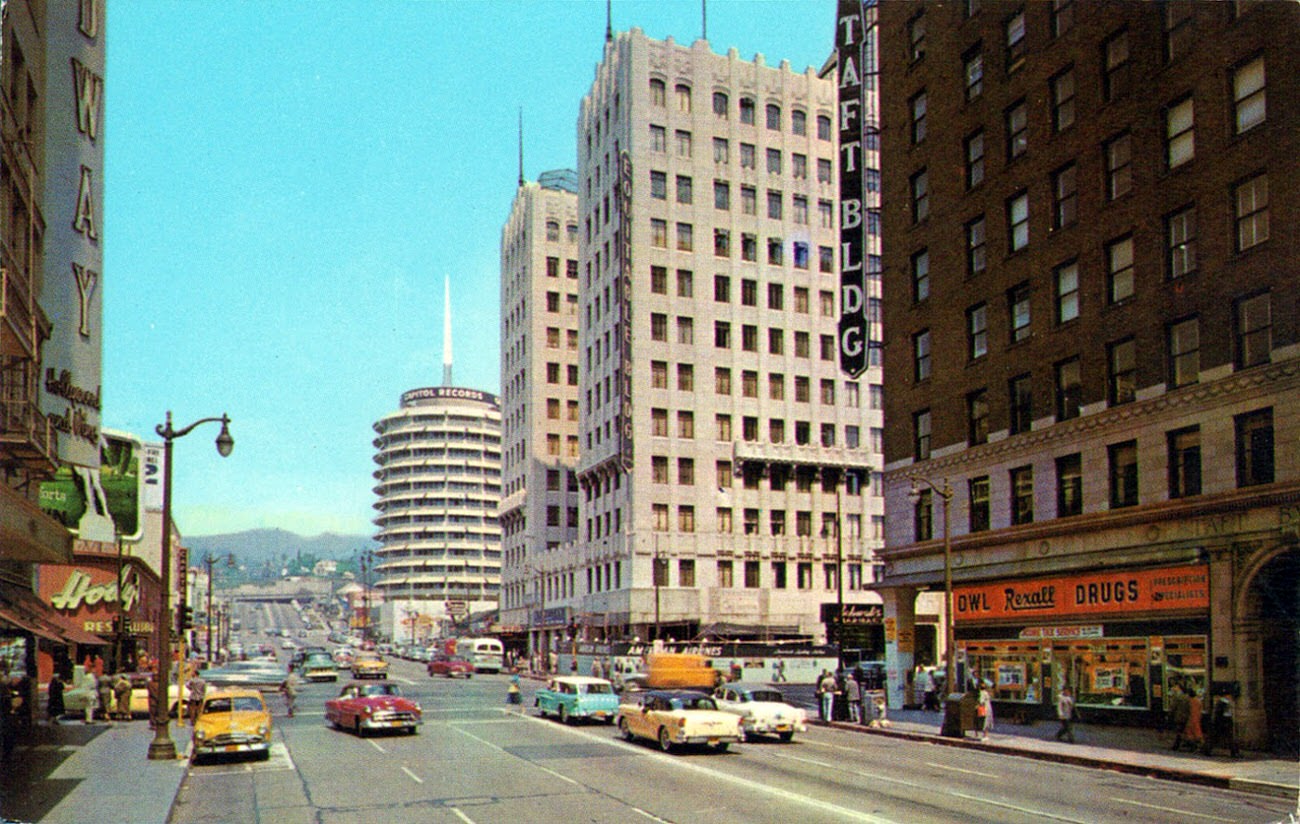Hollywood, California, in the 1950s was a vibrant neighborhood filled with excitement. It was not just a place for movie stars; it was a lively community with its own unique culture. The streets buzzed with people, and the atmosphere was electric.
During the 1950s, Hollywood had a diverse population. People from different backgrounds lived and worked there. Many were drawn by the promise of the film industry. The streets were lined with palm trees, and art deco buildings gave the area a distinctive charm.
Sunset Boulevard was a famous street that ran through Hollywood. It was home to many restaurants, shops, and theaters. People would gather at diners and cafes, enjoying meals and chatting with friends. The neighborhood had a mix of old and new. Classic movie theaters like the Grauman’s Chinese Theatre showcased the latest films while retaining their historic charm.
Daily Life in Hollywood
Daily life in Hollywood was full of energy. Residents enjoyed the warm California sun, often spending time outdoors. Parks like Griffith Park offered space for families to picnic and play. People would hike to the Griffith Observatory to enjoy stunning views of the city..
Read more
The local schools served the community well. Parents valued education for their children. Many kids formed friendships and played together in the neighborhood. They rode their bikes, played ball, and went to the movies on weekends. The community spirit was strong. Neighbors often helped each other out.
The Influence of the Film Industry
The film industry was a huge part of life in Hollywood. Many residents worked in various jobs related to movies. Some were actors, while others worked behind the scenes as directors, writers, or crew members. The industry provided many job opportunities.
Local businesses thrived because of the film industry. Cafes, shops, and theaters catered to residents and tourists alike. People flocked to Hollywood Boulevard to see the famous Walk of Fame. They admired the stars on the sidewalk dedicated to famous actors and actresses.
The Rise of Television
The 1950s also marked the rise of television, which changed daily life in Hollywood. Families gathered around their TVs to watch popular shows. Programs like *I Love Lucy* and *The Ed Sullivan Show* became household staples.
As television grew in popularity, many Hollywood stars transitioned to this new medium. This shift created new jobs in writing, directing, and producing for TV. The local economy benefited as more people sought careers in television.
Cultural Shifts
Hollywood in the 1950s was a melting pot of cultures. The neighborhood reflected the diversity of Los Angeles. Different ethnic communities brought their traditions, foods, and celebrations. Festivals and events showcased this diversity.
The music scene also flourished. Rock ‘n’ roll became wildly popular, influencing young people across America. Local clubs and dance halls featured live music. Teenagers would come together to enjoy the latest hits and dance the night away.
The architecture of Hollywood in the 1950s was striking. Many buildings showed off the Art Deco and Mid-Century Modern styles. These designs gave the neighborhood a unique character. The iconic Hollywood sign was a constant reminder of the area’s film legacy.
Many homes in the area were small bungalows, often with beautiful gardens. The streets were often filled with flowers and greenery. This created a pleasant atmosphere that residents enjoyed.








